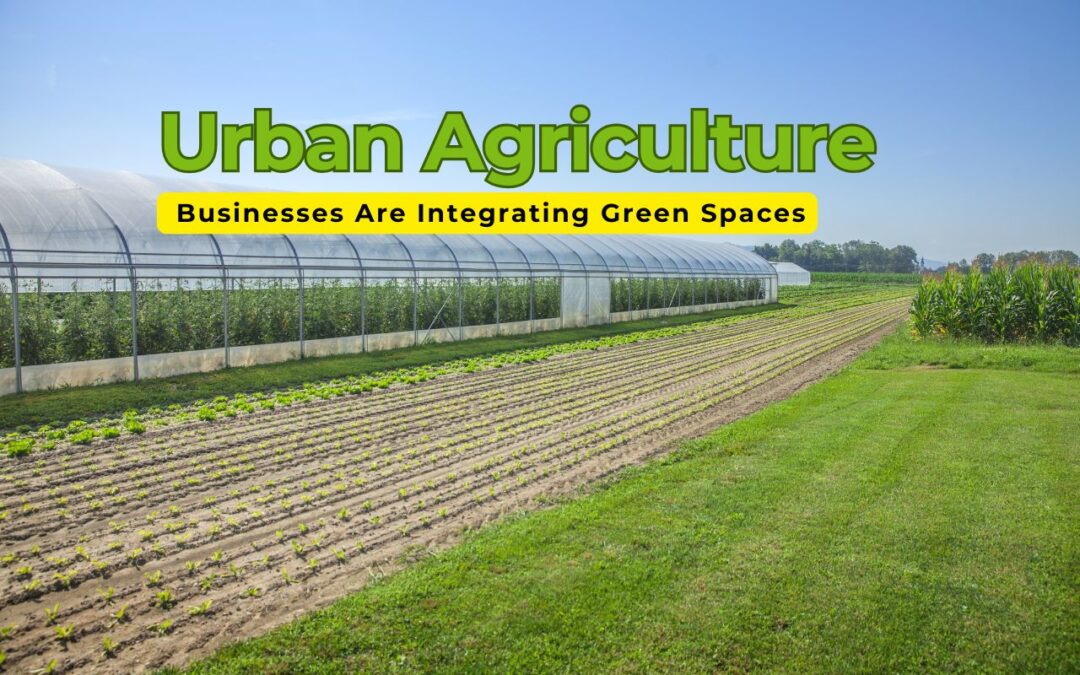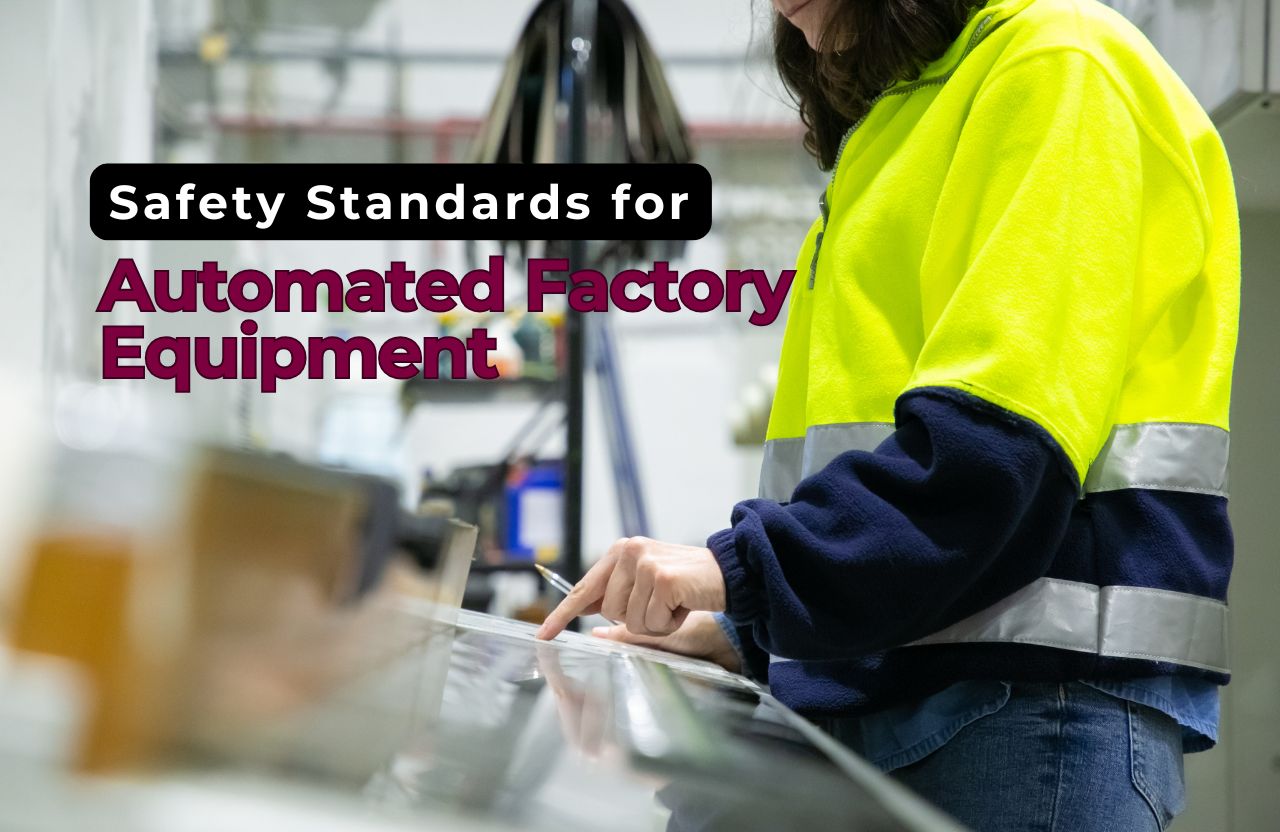In the face of rapid urbanization and increasing concerns over sustainability, urban agriculture is emerging as a powerful solution to transform concrete jungles into green oases. From rooftop farms to vertical gardens, businesses are redefining how cities function by integrating green spaces into their environments. This not only helps reduce their environmental footprint but also enhances community engagement, employee well-being, and long-term profitability.
What is Urban Agriculture?
Urban agriculture refers to the practice of cultivating, processing, and distributing food in or around urban areas. This can take many forms including:
- Rooftop gardens
- Vertical farms
- Hydroponic and aquaponic systems
- Community gardens
- Indoor farming installations
By utilizing underused urban spaces, businesses are finding innovative ways to bring agriculture into city settings, thus contributing to sustainable urban development.
Why Are Businesses Turning to Urban Agriculture?
1. Environmental Responsibility
Green roofs and urban farms help mitigate the heat island effect, absorb carbon dioxide, and improve air quality. Businesses investing in green infrastructure are often seen as environmentally responsible, which enhances their brand image and helps meet corporate sustainability goals.
2. Enhanced Employee Wellness
Integrating natural elements into workspaces has been shown to boost morale, productivity, and mental well-being. Companies like Google and Amazon are incorporating green walls and rooftop gardens as part of their wellness initiatives.
3. Local Food Production
Urban agriculture enables the production of fresh, local food directly where it’s consumed, reducing the carbon footprint associated with food transportation. Restaurants, hotels, and cafes are increasingly growing their own herbs, vegetables, and fruits to serve farm-to-table experiences.
4. Community Engagement
Many businesses use their urban farms as tools for community outreach, education, and involvement. Hosting workshops or offering garden plots helps foster deeper ties with local communities and contributes to social sustainability.
Innovative Examples of Urban Agriculture in Business
✅ Whole Foods Market – Brooklyn, NYC
Whole Foods’ Brooklyn location features a rooftop greenhouse operated by Gotham Greens, producing leafy greens year-round using hydroponic farming techniques.
✅ Barclays Bank – London, UK
Barclays introduced a rooftop garden on its Canary Wharf headquarters, not only for growing produce but also for creating a peaceful retreat for employees and promoting sustainable practices.
✅ Lufa Farms – Montreal, Canada
Lufa Farms has transformed urban rooftops into commercial-scale greenhouses that supply fresh produce to thousands of city dwellers via subscription boxes—blending e-commerce with local agriculture.
Challenges and Considerations
While urban agriculture holds great promise, businesses must navigate:
- Zoning and land-use regulations
- Startup and maintenance costs
- Climate control and water management
- Pest and disease control in urban settings
Strategic partnerships with urban farming startups, architects, and sustainability consultants can help overcome these hurdles.
Future Outlook: A Greener Urban Economy
As cities continue to expand, urban agriculture will likely play a vital role in achieving the UN Sustainable Development Goals (SDGs), particularly those related to zero hunger, climate action, and sustainable cities. Businesses that embrace green urban infrastructure today are not only future-proofing themselves but also contributing meaningfully to the well-being of their communities.
Final Thoughts
Urban agriculture is no longer just a grassroots movement—it’s a business strategy. Companies of all sizes are recognizing the multifaceted value of integrating green spaces into cityscapes, from boosting brand image and employee satisfaction to enhancing food security and sustainability. Whether you’re a startup or a multinational, there’s a growing case for planting the seeds of change—right in your own urban backyard.












